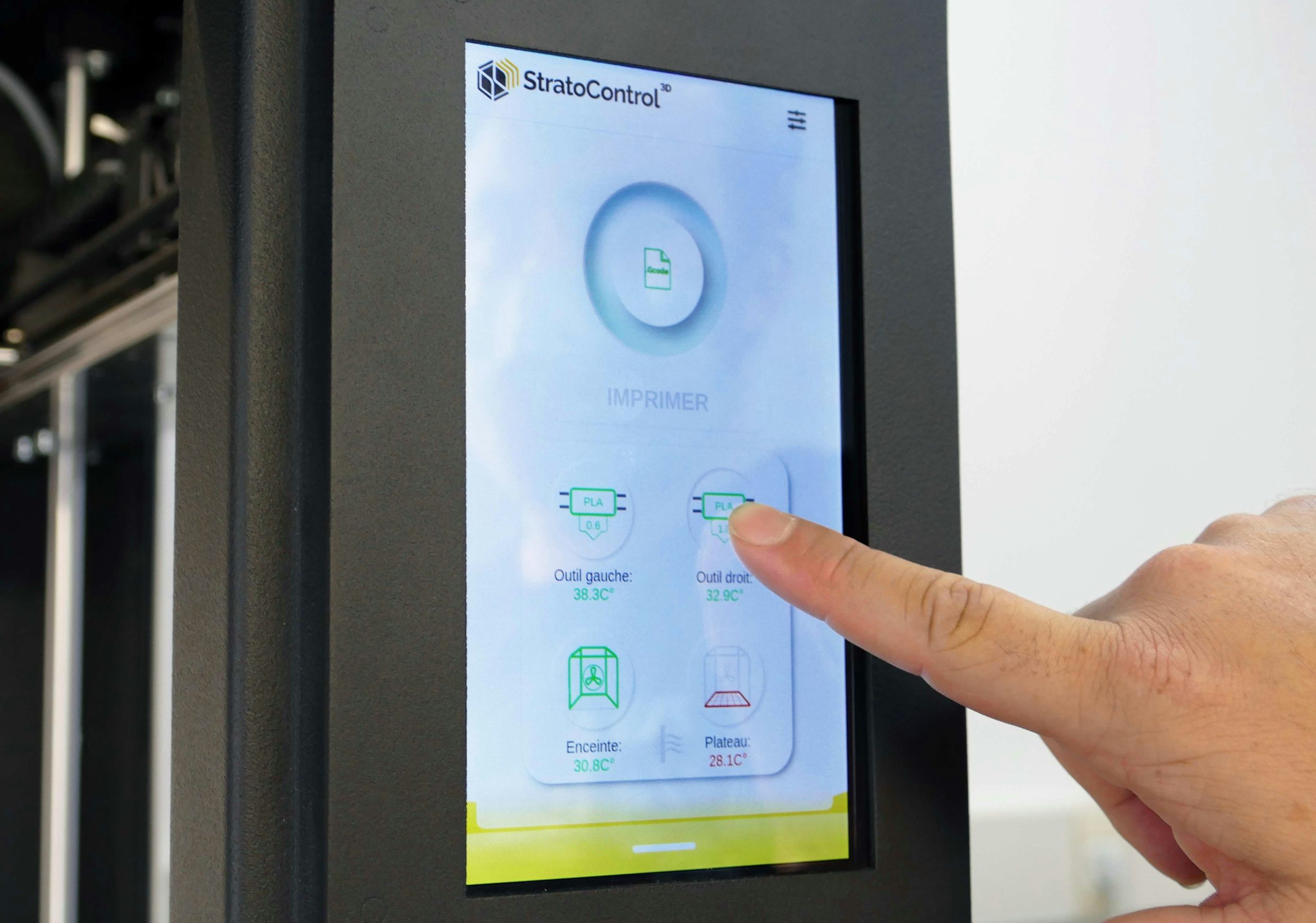“Ever felt that cold sweat when you realize your wallet’s gone? What about the sinking feeling that your credit card might already be in the wrong hands?”
We’ve all been there—or at least heard the horror stories. Whether it’s a stolen wallet or hacked account, credit card theft is a modern nightmare. But here’s the good news: biometric authentication might just be your financial knight in shining armor. In this post, we’ll explore how cutting-edge biometric tech is transforming theft insurance and protecting your finances. You’ll learn:
- The shocking rise of credit card fraud—and why traditional methods aren’t enough.
- How biometric authentication works to secure your accounts.
- Tips for leveraging this tech to maximize your theft insurance benefits.
Table of Contents
- Key Takeaways
- The Problem with Traditional Security
- How Biometric Authentication Works
- Best Practices for Biometric Security
- Real-World Examples
- FAQs
Key Takeaways
- Credit card fraud has surged by over 50% in recent years—highlighting the need for stronger security measures like biometric authentication.
- Biometric systems use fingerprints, facial recognition, or voiceprints to verify identity, reducing reliance on easily stolen passwords.
- Combining biometrics with theft insurance safeguards your finances against fraudulent charges and unauthorized access.
Why Traditional Security Methods Are Utter Garbage (Yes, I Said It)
I once lost my wallet during a chaotic grocery run. Panic mode activated immediately because…hello, three credit cards inside! The worst part? Even though I called my banks within an hour, one card was already compromised. That’s when I realized how flimsy our “security” really is. Passwords get guessed, pins are scribbled down somewhere obvious (*guilty*), and alerts come too late.
Here’s a stat that’ll keep you up at night: According to a 2023 report, global losses from payment fraud exceeded $40 billion. No amount of caffeine-infused optimism can sugarcoat that. The truth is, most security protocols were designed decades ago, back when cybercriminals weren’t quite so…creative.
How Does Biometric Authentication Save Your Bacon?
Let’s break it down, shall we? Picture this: Instead of punching in digits faster than a caffeinated gamer, imagine unlocking your credit card app with a glance—or better yet, with the tap of a finger. That’s biometric authentication in action.
Here’s the nitty-gritty:
- Fingerprint Scanning: Your unique fingerprint acts as a password no one else can replicate.
- Facial Recognition: Cameras detect your face (yes, even if you’re sporting bedhead).
- Voiceprint Verification: A quick “Hello” confirms your identity based on tone, pitch, and cadence.

This isn’t science fiction; companies like Apple Pay and Mastercard are already integrating these features into their platforms. And here’s the clincher—it’s not just convenient but also virtually foolproof. Unless someone clones your DNA (paging sci-fi writers), they won’t crack this code.
Tips for Rocking Biometric Security Like a Pro
Sure, biometrics sound magical, but slapping a fingerprint scanner on everything doesn’t automatically make you Fort Knox. Here’s what you *actually* need to do:
- Enable Multi-Factor Authentication (MFA): Yes, even with biometrics. Add another layer, like a texted code or app notification.
- Keep Software Updated: Don’t be lazy—those updates patch vulnerabilities faster than coffee cools.
- Monitor Notifications: If your bank sends a purchase alert while you’re binge-watching Netflix, investigate ASAP.
Pro Tip: Avoid sharing devices linked to your biometric data. Sharing may be caring, but fraudsters don’t care who owns the device—they care about exploiting it.
When Biometrics Stop the Bad Guys Dead in Their Tracks
Think biometric authentication is all hype? Let me hit you with some real talk. A New York woman, Sarah J., recently thwarted a $10,000 charge after her purse was stolen. How? Her bank required fingerprint verification for high-value transactions. Without her thumbprint, the thief got nada.
Similarly, banks partnering with insurers now offer policies tailored to customers using advanced security tools. Translation? Better protection and lower premiums for smart adopters.

Frequently Asked Questions About Biometric Authentication
Is Biometric Data Safe From Hackers?
While nothing online is 100% hacker-proof, biometric systems encrypt and store data securely. Unlike passwords, stolen biometric info is extremely hard to misuse.
Will My Phone Battery Die Faster With These Features?
Possibly—but barely noticeable. Modern devices optimize power consumption for biometric sensors. Just grab a portable charger if you’re paranoid.
Are There Any Downsides to Using Biometrics?
Honestly, yes—one minor gripe. Some older folks struggle adapting to tech-heavy solutions. But hey, patience is key. Plus, many apps offer tutorials!
Conclusion
So there you have it—the scoop on how biometric authentication is leveling up theft insurance for credit cards. By blending convenience with cutting-edge security, this technology ensures peace of mind in a chaotic digital world.
Optimist You: “Time to unlock my future!”
Grumpy You: “But only after triple-checking my settings.”
And remember, like a Tamagotchi, your financial security needs regular love and care. Stay sharp out there!
*Haiku Time!*
Fingerprints whisper,
Fraud fades in the shadows,
Your money stays safe.*


